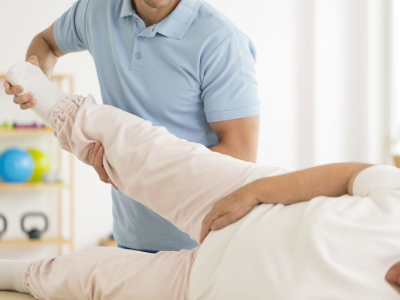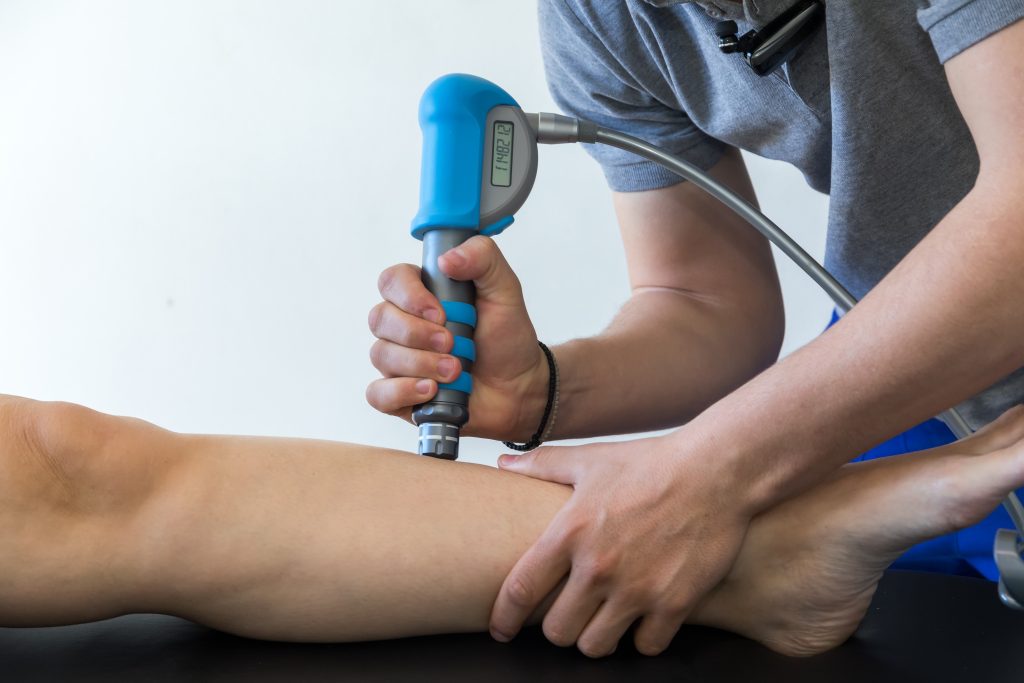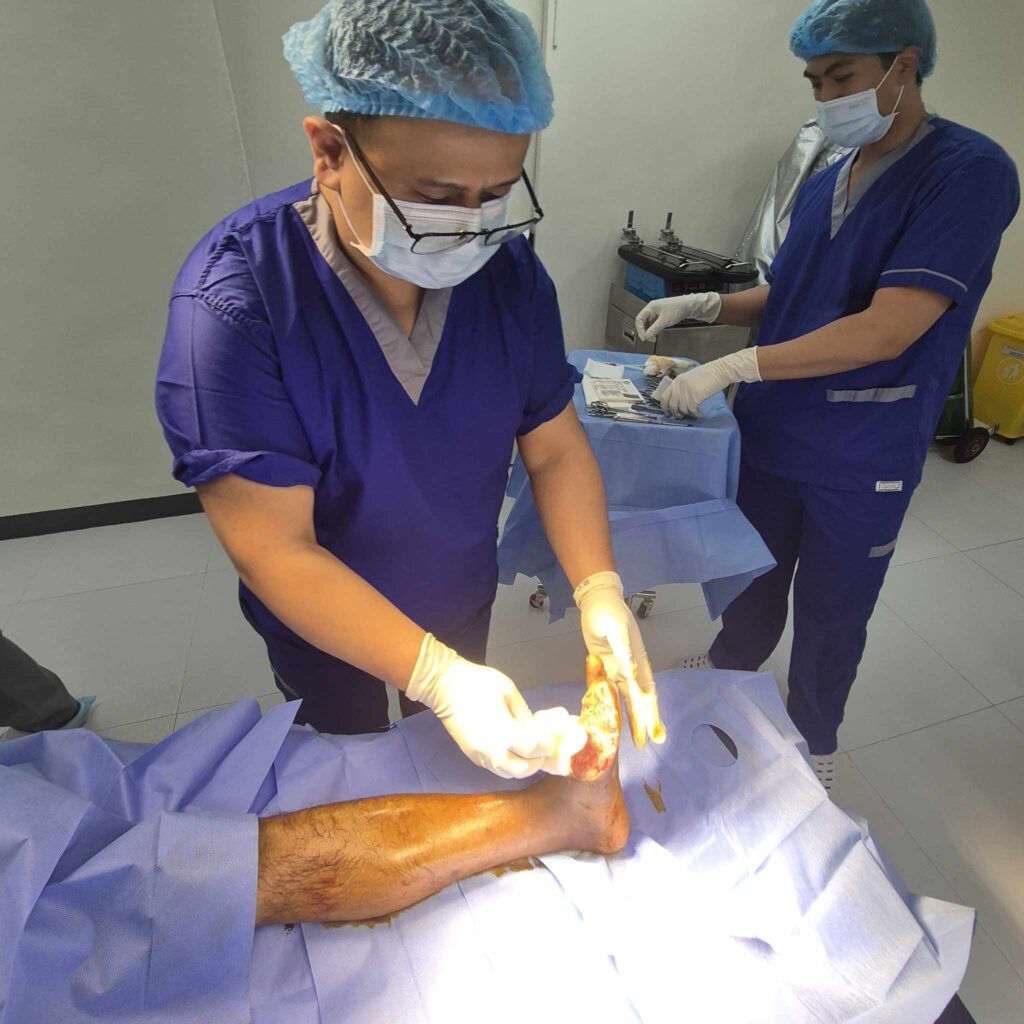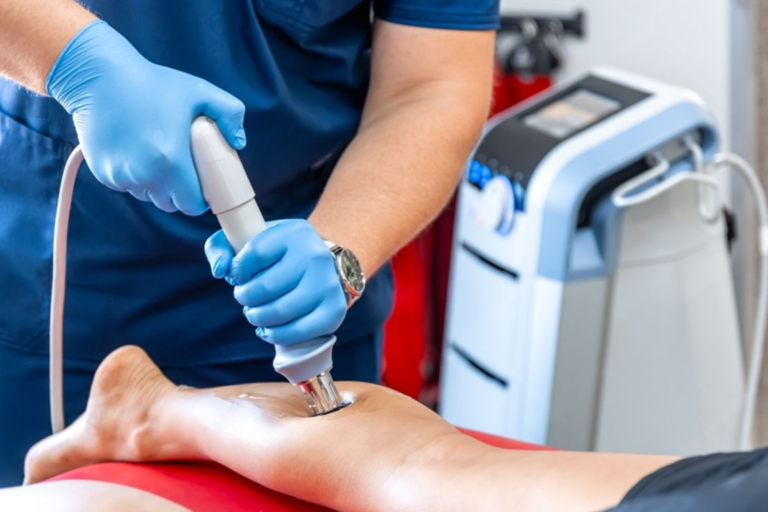Hip and knee pain are common issues that can significantly impact your quality of life, making daily activities difficult and limiting your ability to stay active. Understanding the causes, symptoms, and treatment options is crucial for anyone experiencing joint pain. This blog will guide you through everything you need to know about hip and knee pain treatment.
Understanding Hip and Knee Pain
The hips and knees are vital components of the body’s musculoskeletal system. The hip joint is a ball-and-socket joint that supports your upper body weight and allows for a wide range of motion. The knee joint, on the other hand, is a hinge joint that primarily facilitates forward and backward movement. These joints work together to provide optimal mobility and support, making them essential for everyday activities.
Hip and knee pain can arise from various conditions, including:
- Arthritis: Inflammation of the joints, including rheumatoid arthritis and osteoarthritis, is a leading cause of pain.
- Bursitis: Inflammation of the bursae, small fluid-filled sacs that cushion the joints.
- Sprains: Stretching or tearing of ligaments that support the joints.
- Hip Fractures: Breaks in the hip bone that can occur due to falls or accidents.
Symptoms of Hip and Knee Pain
Identifying the symptoms early can lead to effective treatment. Common symptoms include:
- Sharp pains: Sudden, intense pain in the hip or knee.
- Stiffness: Difficulty moving the joint, especially after prolonged inactivity.
- Swelling: Inflammation around the joint, which can be tender to the touch.
- Joint locking: Feeling like the joint is stuck or unable to move freely.
Recognizing these symptoms is essential for early intervention and treatment.
Diagnosis of Hip and Knee Pain
Diagnosing hip and knee pain typically involves a thorough evaluation by a healthcare professional. This may include:
- Physical examination: Assessing your range of motion and joint stability.
- Medical history: Discussing your symptoms and any previous injuries or conditions.
- Diagnostic tools: Imaging tests like X-rays or MRIs to identify structural issues in the joints.
Early and accurate diagnosis is crucial for developing an effective treatment plan.
Treatment Options for Hip and Knee Pain
Non-Surgical Treatments
- Physical therapy: A physical therapist can develop a personalized exercise program to strengthen the muscles around the joints, improve flexibility, and reduce pain.
- Medications: Over-the-counter non-steroidal anti-inflammatory drugs (NSAIDs) or prescribed corticosteroids can help reduce inflammation and relieve pain.
- Lifestyle changes: Incorporating low-impact exercises, maintaining a healthy weight, and practicing good posture can alleviate stress on the joints.
- Injections: Corticosteroid or hyaluronic acid injections may provide temporary relief from pain and inflammation.
Surgical Treatments
If non-surgical treatments are ineffective, surgical options may be considered:
- Arthroscopy: A minimally invasive procedure to visualize and treat joint issues.
- Joint replacement: In severe cases, partial or total hip or knee replacement may be necessary to restore function and relieve pain.
- Osteotomy: Realigning the bones to relieve pressure on the joint.
Preventative Measures for Hip and Knee Pain
Preventing hip and knee pain is achievable with some lifestyle modifications. Consider the following tips:
- Regular exercise: Engage in activities that strengthen the muscles supporting your joints, such as swimming, cycling, or yoga.
- Proper nutrition: A balanced diet rich in anti-inflammatory foods can support joint health.
- Weight management: Maintaining a healthy weight reduces stress on your joints, particularly during high-impact activities.
Takeaway
Hip And Knee Pain Treatment is a significant issue that affects many individuals. Understanding the causes, recognizing symptoms, and seeking appropriate treatment are essential steps toward finding relief. By taking proactive measures and consulting with healthcare professionals, you can improve your joint health and enhance your quality of life.











